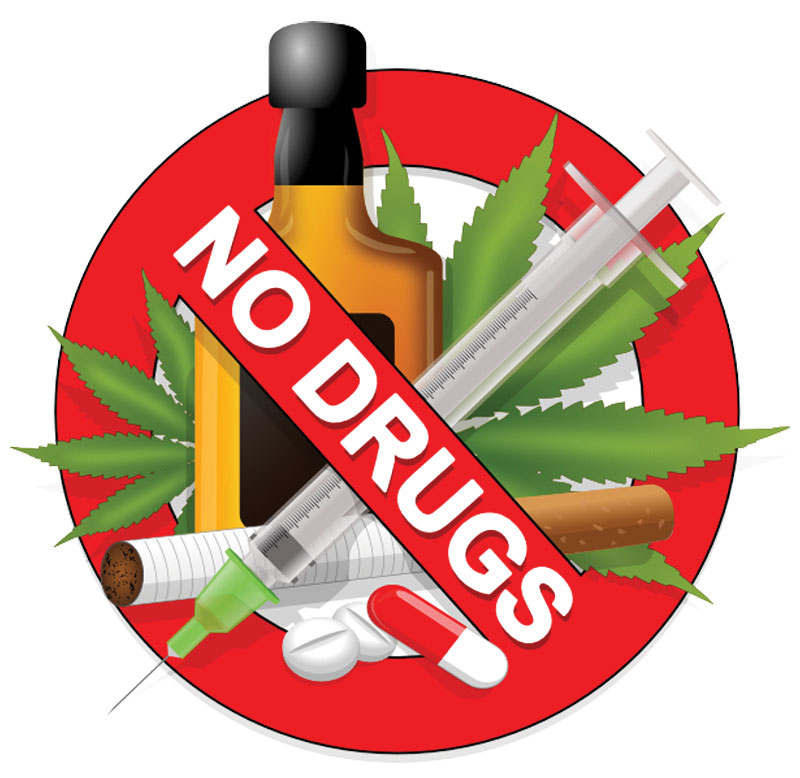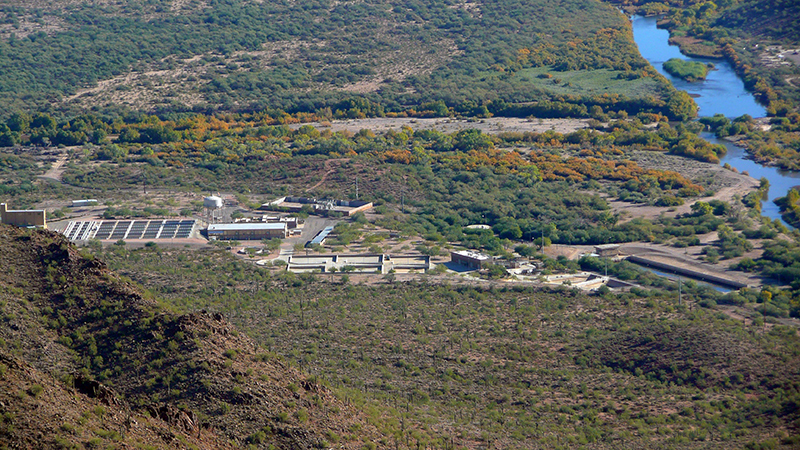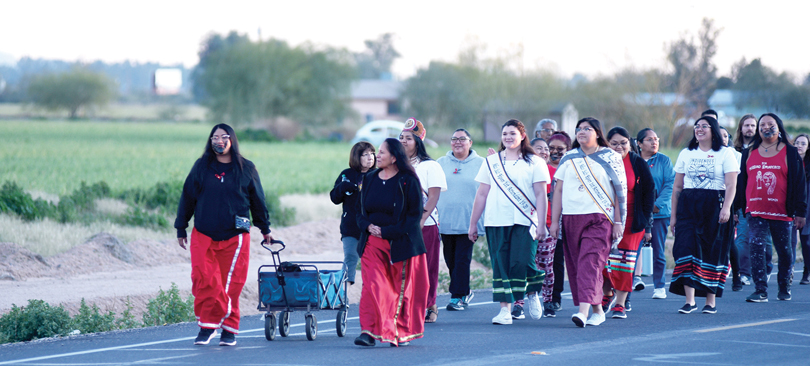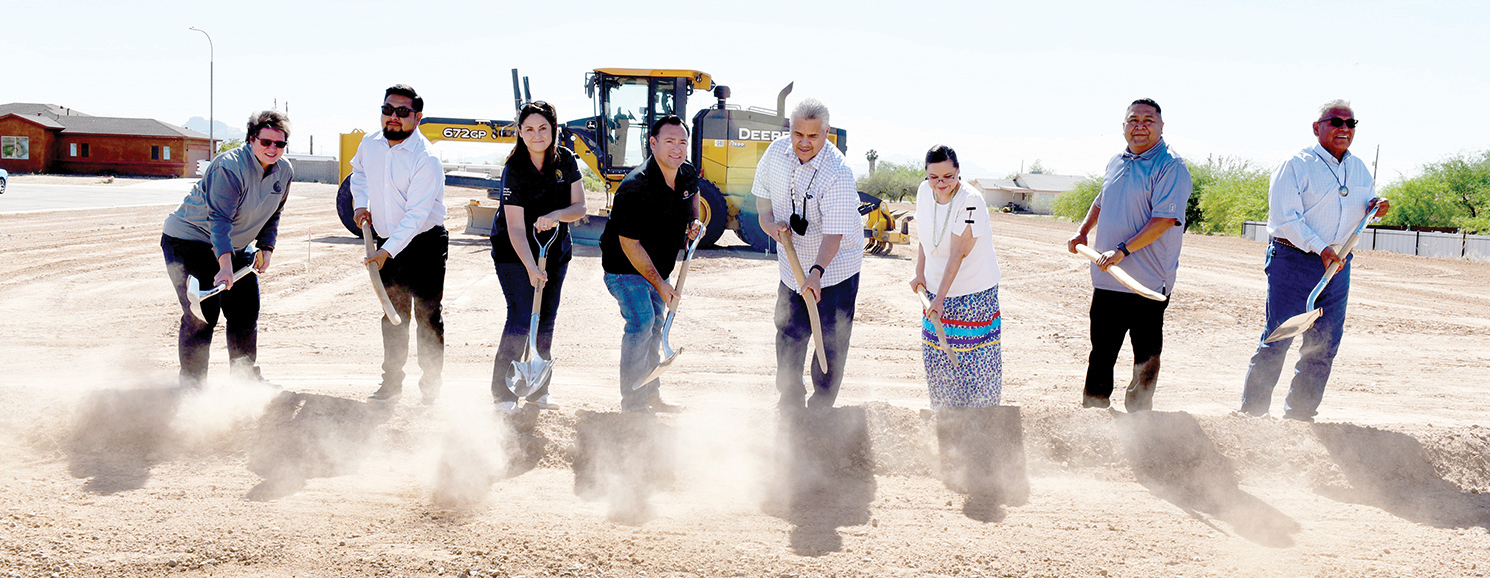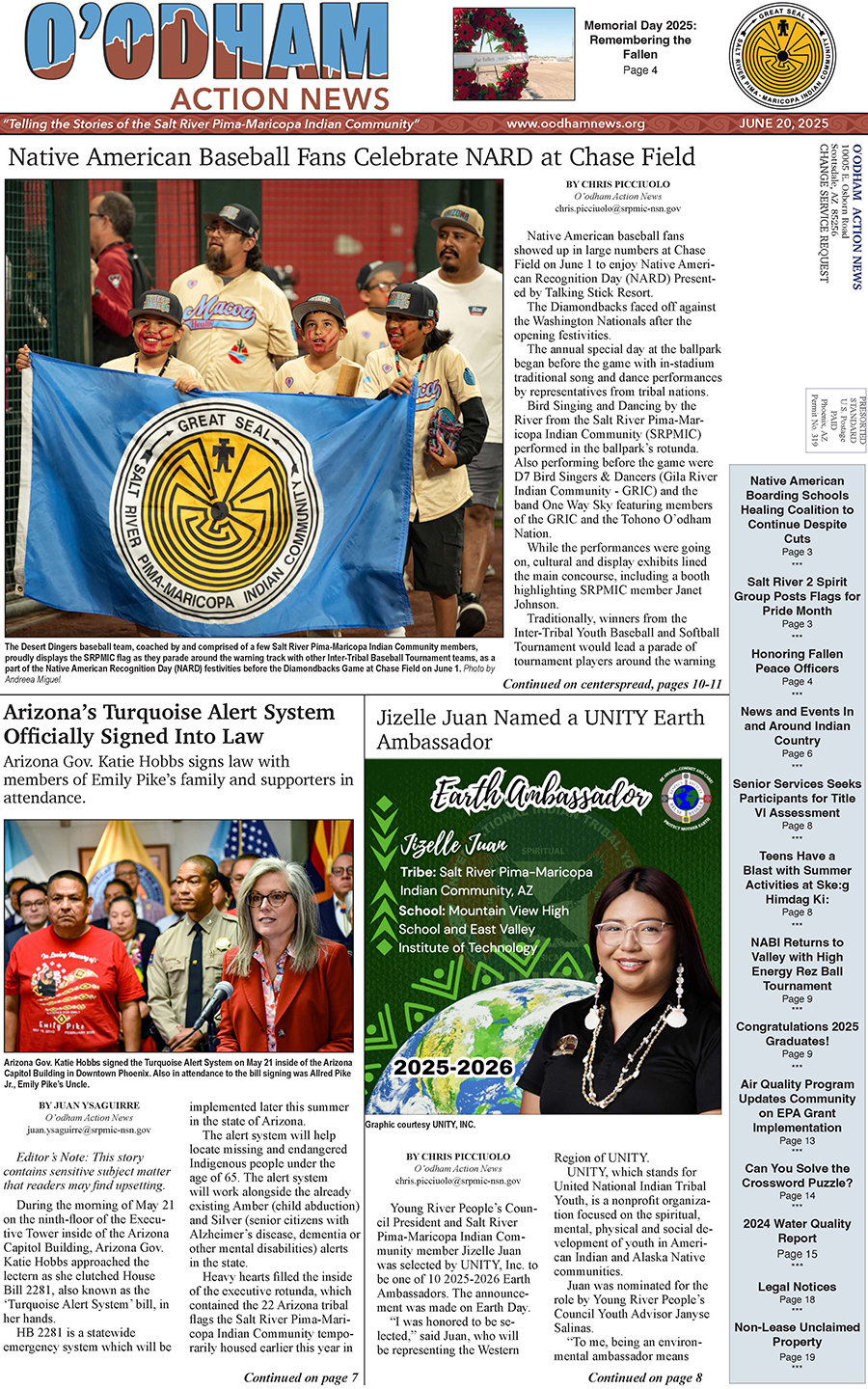VIEWS: 3867
March 16, 2022Anti-Drug Grant Shifts Focus From Opioids to Marijuana and Alcohol Prevention
Projector Coordinator Maria Jagles of the Governor’s Office of Youth, Faith and Family (GOYFF) has been working with departments of the Salt River Pima-Maricopa Indian Community to tackle the opioid abuse problem under the Helping O’odham and Piipaash Excel (HOPE) grant. The grant was received through the GOYFF Partnership for Success.
The five-year grant, which will be ending next fiscal year, is focused on substance use prevention in youth and their caregivers. It has now shifted focus from opioid prevention to marijuana and alcohol prevention, explained Jagles.
“The governor’s office wants to focus on alcohol and marijuana. Previously, we were able to focus on opioids. This means we will not be able to purchase any more Narcan®, but there are two Community efforts to secure funds for Narcan in the future.”
Jagles was able to secure 700 Narcan kits through the HOPE grant. Opioid prevention has been moved under the Not One More group, led by Administration and Health and Human Services staff.
Narcan kits and fentanyl test strips are still available to SRPMIC members through the Community website at www.srpmic-nsn.gov/government/hhs/narcan/. The site also includes a video on how to administer the Narcan nasal spray.
Jagles continues to teach Community youth the Safety First curriculum, a 15-session course that touches on topics such as substance use, harm reduction and drug policy. She wants to ensure that there is sustainability and continuity for the program.
“I started the first cohort here at the Teen Wolf program,” said Jagles. “We were about to enter our sixth session when we had to stop the program due to COVID-19. Before the grant ends, I hope to provide a training workshop to those who want to learn how to deliver the material from the Safety First curriculum.”
She will also lead a presentation about marijuana and alcohol prevention at a drug symposium held with Council at the end of March.
“We’ll see what comes out of the drug symposium, if it is something very successful,” said Jagles. “With our efforts so far, I see stigma being addressed; we are able to have more accepting conversations with Community members, Council and with everyone in between on how we are going to address opioids. This is where the drug symposium will address how we are looking at substance [abuse] in the Community and how we can make it better. There is always conversation on how marijuana and alcohol are gateway drugs, but really trauma is a gateway drug. How can we start to address individuals and the Community as an integrated model and make sure that people are receiving all the care they need, as opposed to just fragmenting it and having different areas focused on?”
Jagles wishes she could continue with the opioid outreach from the HOPE grant, but she has to follow the grant’s guidelines. Fortunately, the Salt River Police Department and SRPMIC Health and Human Services will continue their opioid prevention efforts by continuing to apply for grants to obtain Narcan and other resources to prevent and treat the abuse of opioids in the Community.

